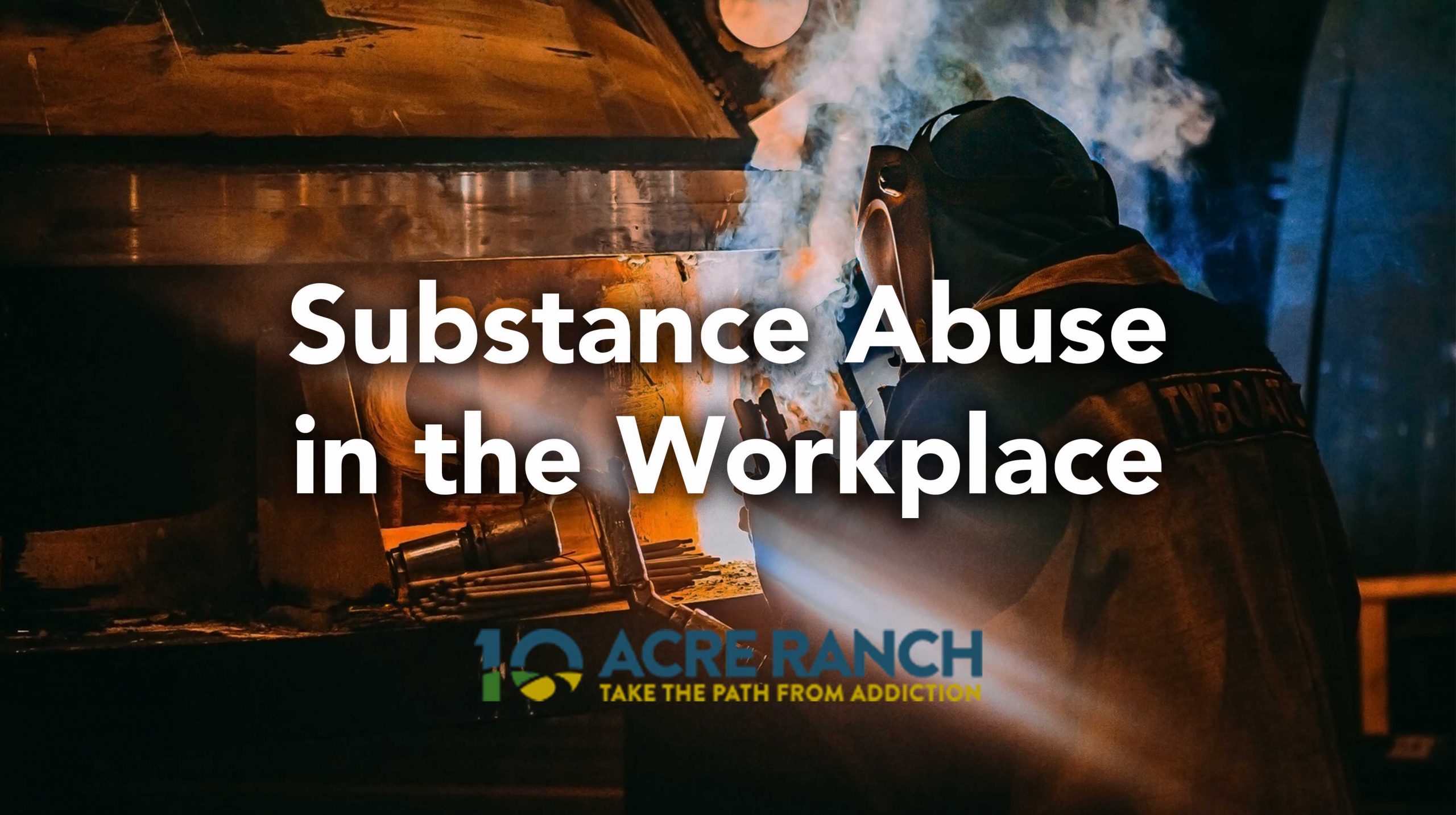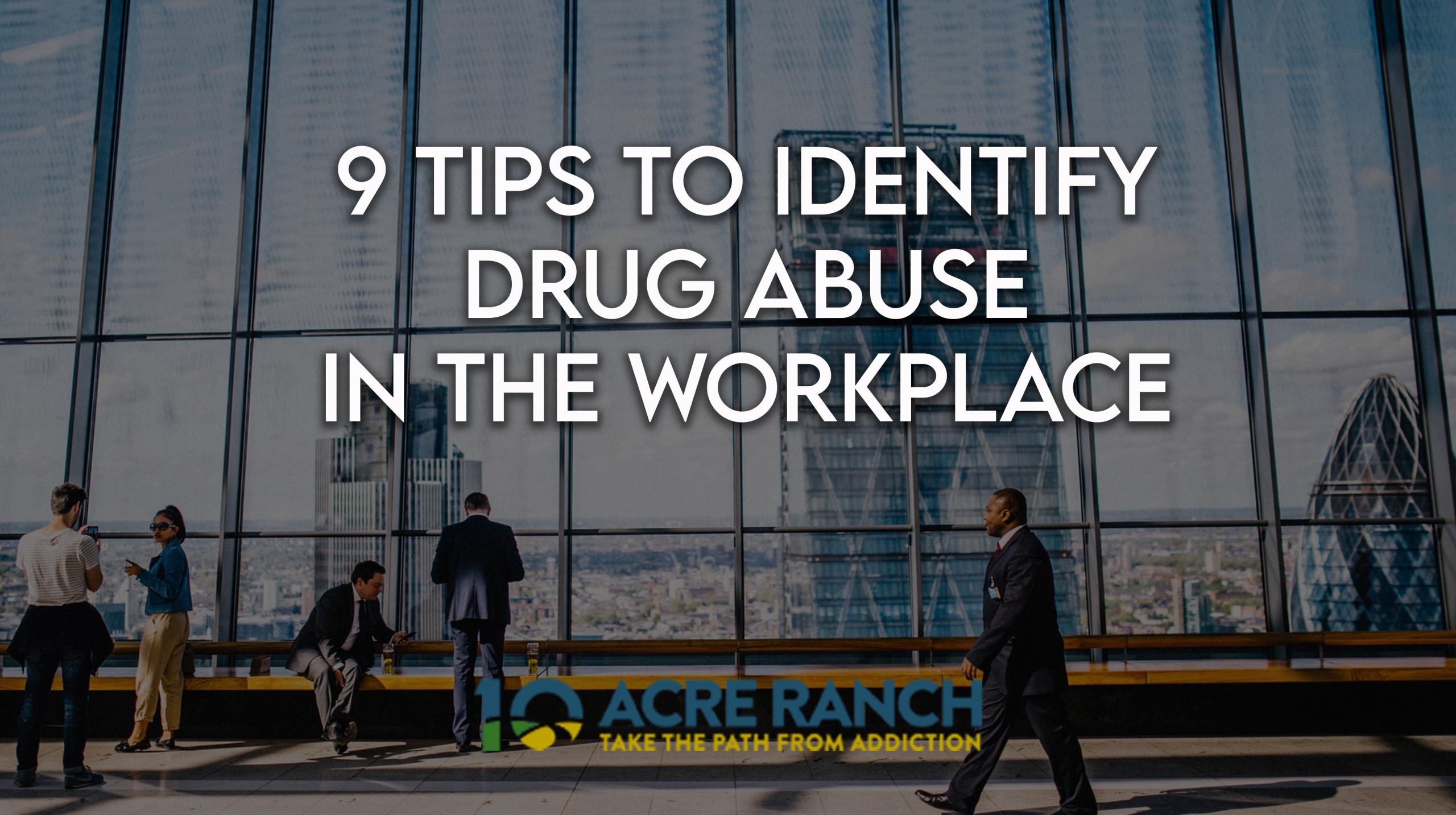instead of seeing them as another human being is causing a great harm to our society. This negative stigma often discourages …
9 Tips to Identify Drug Abuse in Your Workplace: How You Can Help Employees Who Are Struggling With Addiction
Drug abuse tends to be a sensitive topic at the workplace. Most people feel like they need to hide their problems with drugs or …








